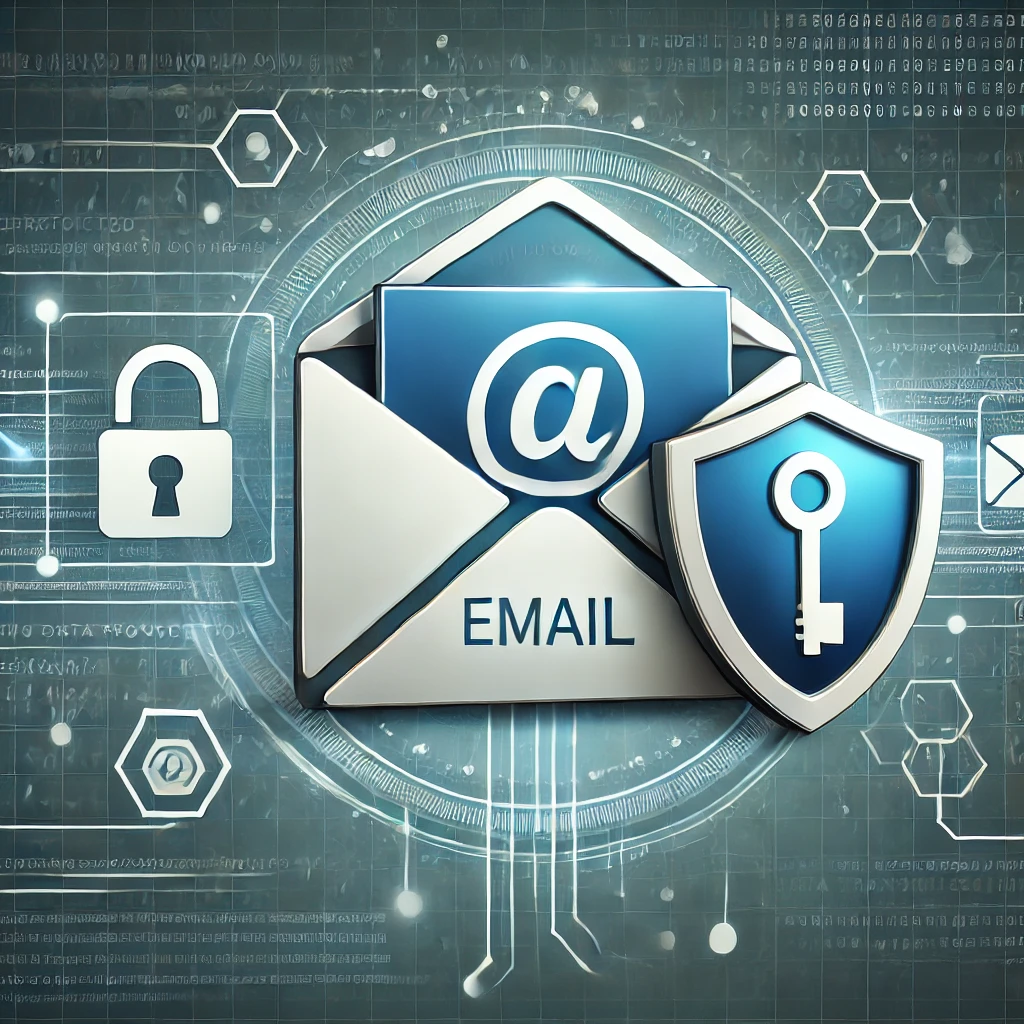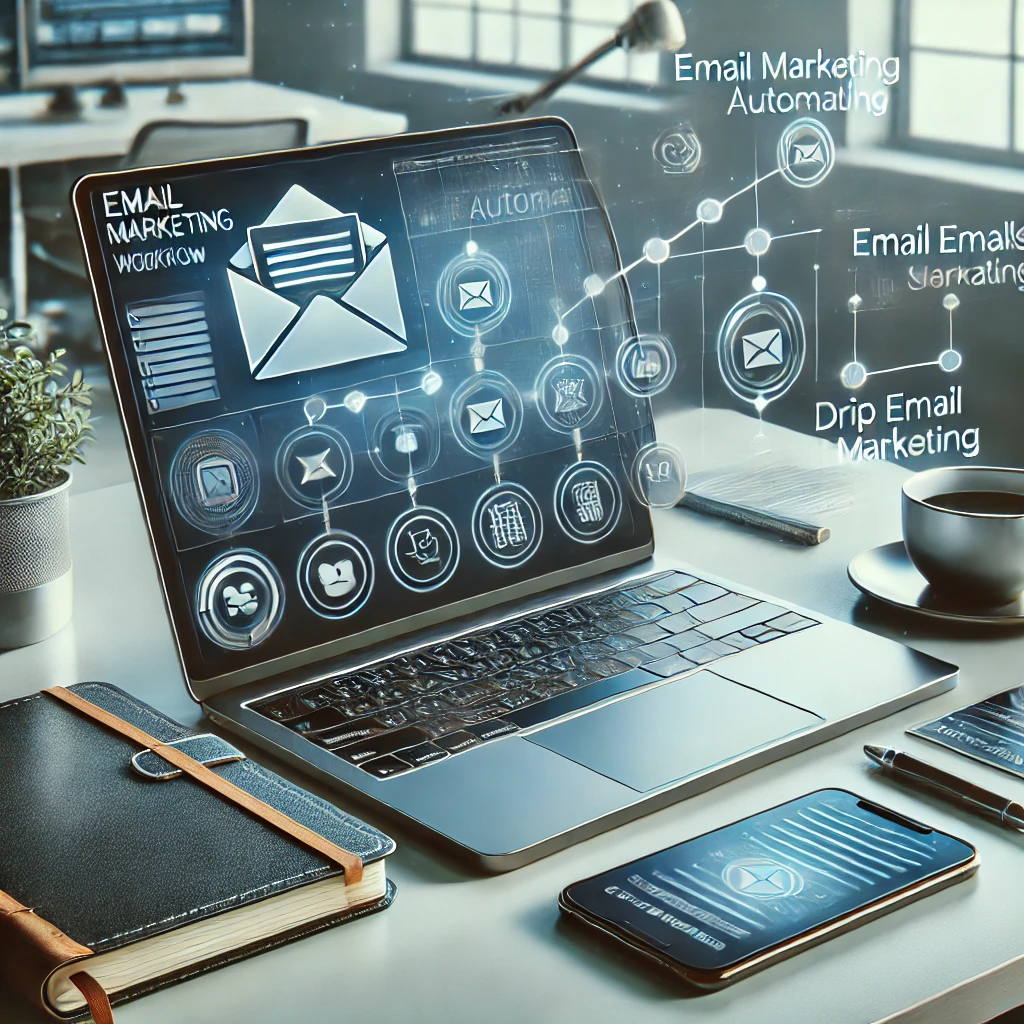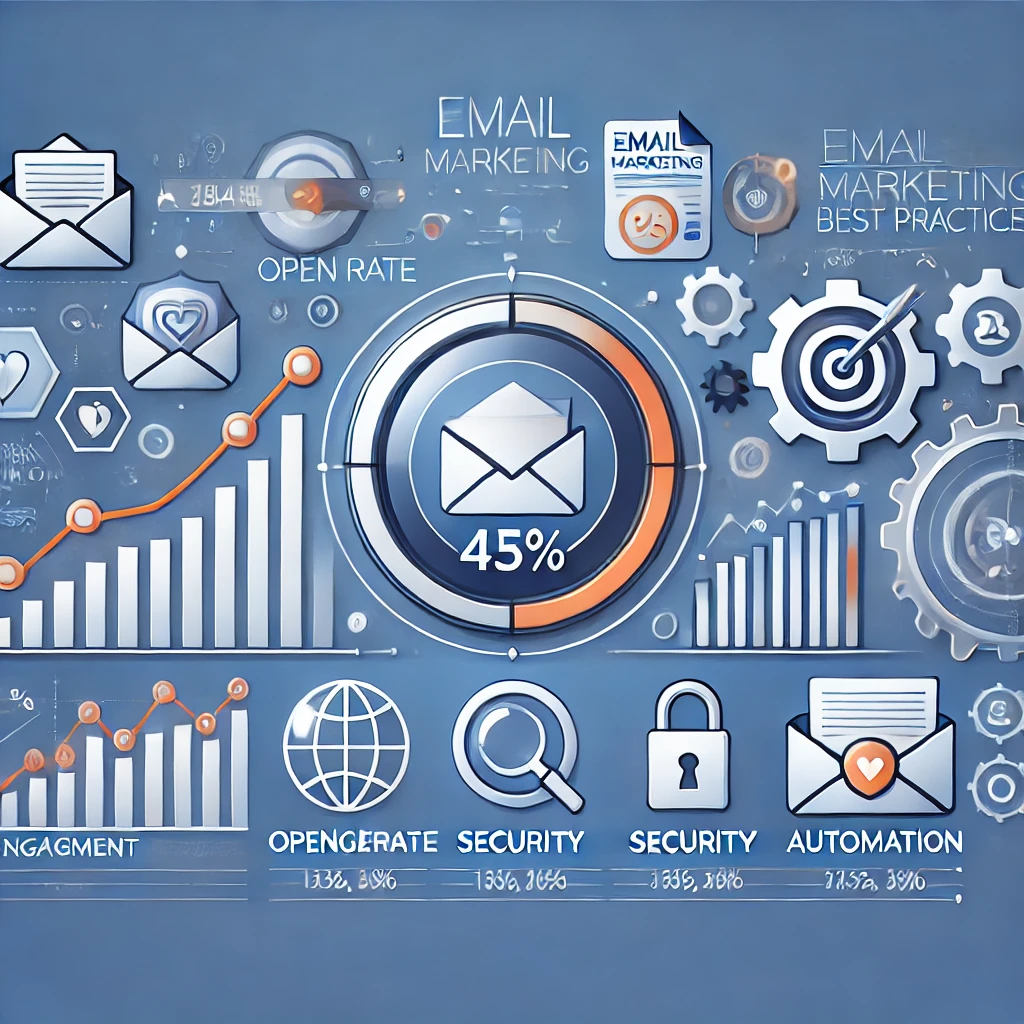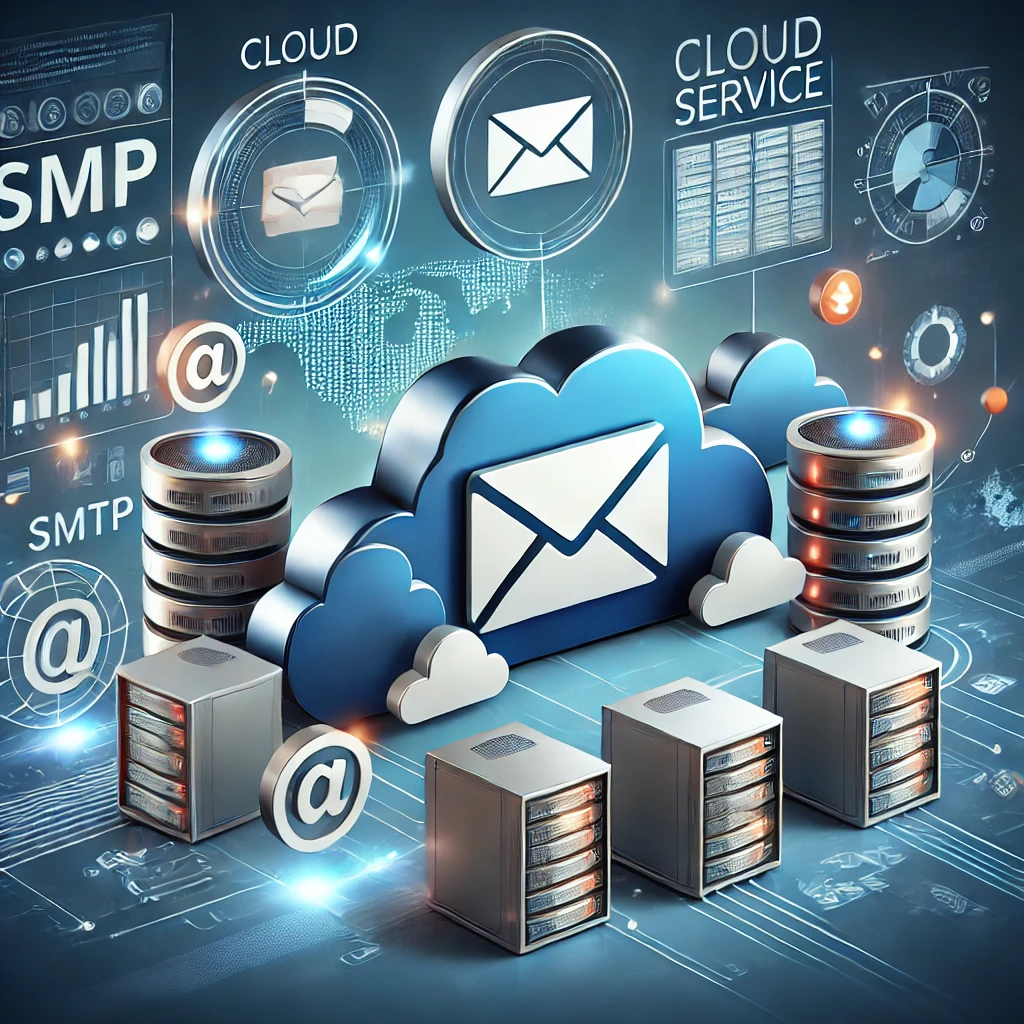Are Emails Sent Encrypted? Here’s What You Need to Know
Disclosure: This post contains affiliate links. As an Amazon Associate, I earn from qualifying purchases—at no extra cost to you.
When you hit “send” on an email, it feels instant and effortless. But have you ever wondered what really happens between your inbox and the recipient’s? More importantly, is your email secure while in transit? With cyber threats constantly evolving, the question of whether emails are sent encrypted is more relevant than ever.
Let’s examine how email encryption works, when it occurs, and what you can do to keep your communication secure.
Understanding Email Encryption
Email encryption is the process of scrambling an email’s contents so that only the intended recipient can read it. Think of it like sealing a letter in an envelope rather than sending a postcard anyone could read. There are two primary types of encryption used in email communications: transport-level encryption and end-to-end encryption.
Transport-Level Encryption (TLS)
Most major email providers—like Gmail, Outlook, and Yahoo—use Transport Layer Security (TLS) to encrypt emails during transit. This means your message is protected while it travels from your email server to the recipient’s. However, it’s worth noting that this type of encryption only works if both the sending and receiving servers support TLS. If the recipient’s email service doesn’t support it, the message may be delivered without encryption.
End-to-End Encryption
End-to-end encryption is the gold standard in email security. With this method, your email is encrypted on your device and only decrypted on the recipient’s device. Even email providers can’t read the contents. Services like ProtonMail and Tutanota offer built-in end-to-end encryption by default. For Gmail and Outlook, plugins and additional tools (like PGP or S/MIME) are often required to enable full encryption.
The Catch with Attachments
Even when the message body is encrypted, attachments can be a weak point—especially if they’re stored in the cloud or downloaded without proper encryption. Always ensure attachments are protected, especially if they contain sensitive information.
What Happens When You Email Someone on a Different Service?
Here’s where things get tricky. If both parties use encrypted services, your messages are safer. But if one provider doesn’t support encryption (or it’s turned off), your emails could be exposed in transit. It’s like mailing a sealed envelope, only for the postal worker to swap it with an open one halfway through the journey.
How to Ensure Your Emails Are Encrypted
- Use reputable email providers that support TLS.
- Enable two-factor authentication on your accounts for an added layer of security.
- Use encrypted email platforms or browser extensions for sensitive communications.
- Avoid sending passwords, personal data, or financial details via unprotected email.
Conclusion
So, are emails sent encrypted? Yes—sometimes. Most modern email providers use TLS encryption during transit, which is helpful but not foolproof. For truly private communication, you’ll need to opt for services that support or enforce end-to-end encryption. The more sensitive your information, the more cautious you should be.
In today’s connected world, encryption is no longer optional—it’s essential.







